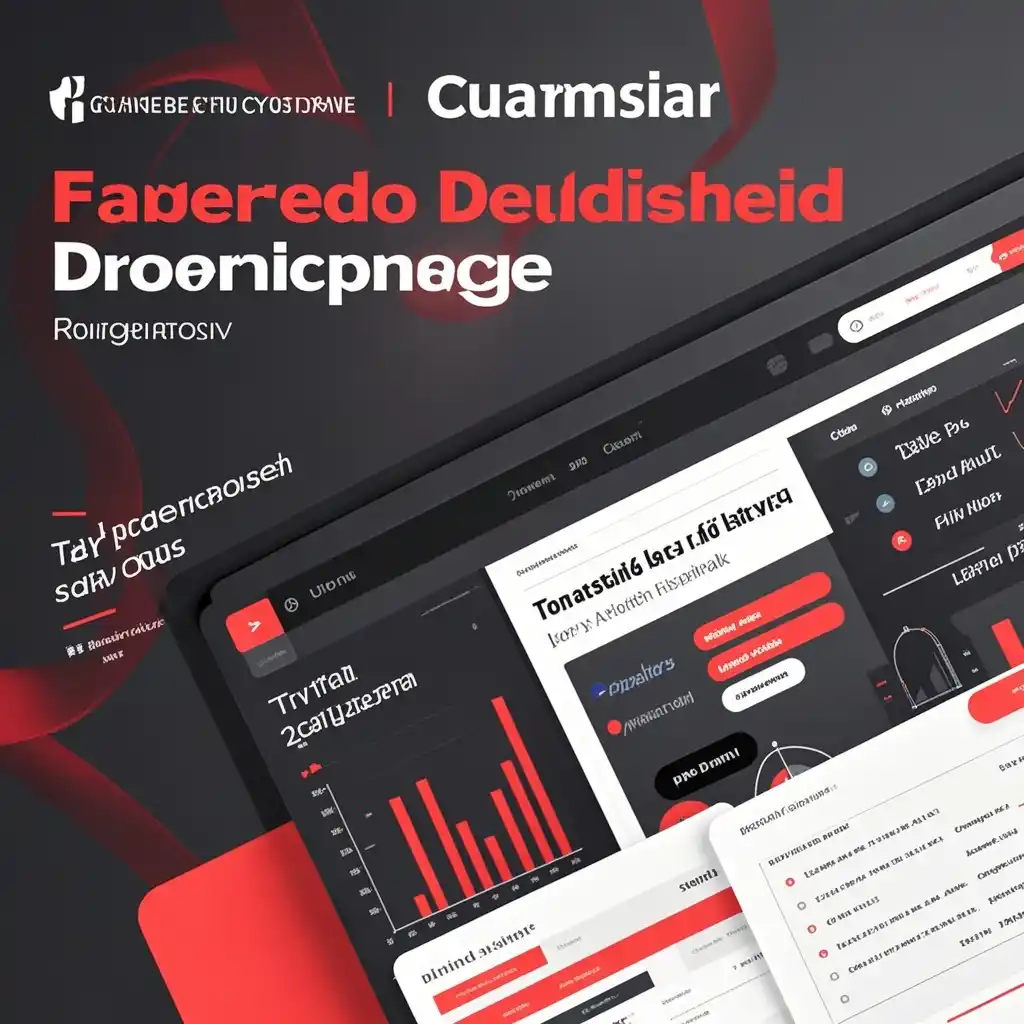

Background
In the global economic landscape, cross - border e - commerce has emerged as a significant force, revolutionizing international trade. Tariffs, which are essentially taxes imposed on imported and exported goods, play a crucial role in shaping the long - term trends of cross - border e - commerce enterprises. According to recent data, the global e - commerce market size was valued at approximately $9.09 trillion in 2019 and is expected to reach $17.9 trillion by 2026. However, the impact of tariffs on this growth cannot be ignored. For example, in the United States - China trade relationship, the imposition of tariffs on a wide range of goods has had a direct impact on cross - border e - commerce businesses operating between the two countries.
Tariffs can affect the cost structure of cross - border e - commerce enterprises. When tariffs increase, the cost of importing goods rises. This may lead to higher prices for consumers, which in turn can impact demand. A study showed that in some product categories, a 10% increase in tariffs led to a 5 - 8% decrease in sales volume for cross - border e - commerce platforms. Moreover, tariffs can also influence the sourcing strategies of these enterprises. They may need to look for alternative suppliers in countries with more favorable tariff agreements to maintain their competitiveness.
Future Trends
1. Regionalization of Supply Chains
To mitigate the impact of tariffs, cross - border e - commerce enterprises are likely to focus on regionalizing their supply chains. For instance, instead of sourcing products from far - flung regions with high - tariff risks, they may opt for suppliers within their own economic regions. In Europe, there has been an increasing trend among e - commerce companies to source more from within the European Union to avoid extra - EU tariffs. Data indicates that about 40% of European cross - border e - commerce firms are planning to increase their intra - EU sourcing in the next two years.
2. Diversification of Product Offerings
Another trend is the diversification of product offerings. As tariffs may make some products less profitable, e - commerce enterprises will look for other products with lower tariff impacts or higher value - added. For example, in the beauty and personal care segment, which has relatively lower tariffs in many regions, cross - border e - commerce sales have been growing steadily. Companies are expected to expand their product lines in such areas. Statistics show that the global cross - border e - commerce sales in beauty and personal care products are projected to grow at a CAGR of 15% over the next three years.
3. Technological Innovations for Cost - Cutting
In the face of tariff - induced cost pressures, cross - border e - commerce enterprises will invest more in technological innovations for cost - cutting. This includes the use of artificial intelligence (AI) and machine learning for inventory management and logistics optimization. AI - powered inventory management systems can reduce inventory holding costs by up to 20% according to industry estimates. Blockchain technology may also be used to improve supply chain transparency and reduce compliance costs associated with tariffs.
Strategies
1. Tariff Monitoring and Analysis
Cross - border e - commerce enterprises need to closely monitor tariff changes and conduct in - depth analysis. They should have dedicated teams or use specialized software to track tariff announcements in different countries. For example, a large cross - border e - commerce company might subscribe to tariff - tracking services that provide real - time updates on tariff policies in major markets. By analyzing tariff trends, they can anticipate potential impacts on their product lines and adjust their sourcing and pricing strategies accordingly.
2. Strategic Partnerships
Forming strategic partnerships can be an effective strategy. This could involve partnering with local distributors or logistics providers in target markets. A local distributor can help navigate the complex tariff regulations and provide insights into local market demands. In some cases, cross - border e - commerce enterprises have partnered with customs brokers who have in - depth knowledge of tariff classifications and compliance procedures. These partnerships can help reduce the risk of tariff - related disruptions and improve overall operational efficiency.
3. Value - Added Services
Offering value - added services can help cross - border e - commerce enterprises differentiate themselves. This could include providing better after - sales service, faster delivery options, or personalized product recommendations. For example, a cross - border e - commerce fashion brand that offers free returns and exchanges within a certain period has seen an increase in customer loyalty. By focusing on value - added services, companies can potentially offset the negative impacts of tariffs on product prices and maintain their competitiveness.
Conclusion
Tariffs are a significant factor shaping the future trends of cross - border e - commerce enterprises. The future will likely see trends such as supply chain regionalization, product diversification, and technological innovation for cost - cutting. To thrive in this environment, e - commerce companies need to adopt strategies like tariff monitoring, strategic partnerships, and offering value - added services. By being proactive and adaptable, cross - border e - commerce enterprises can navigate the challenges posed by tariffs and continue to grow in the global marketplace. However, they also need to be aware of the dynamic nature of tariff policies and the potential for unforeseen changes in the international trade environment.